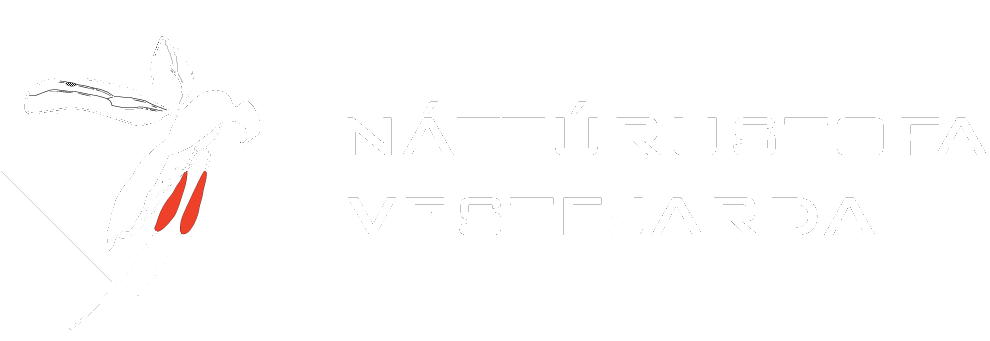Black Guillemot Count on Vigur Island
The staff of Náttúrustofa Vestfjarða made two visits to Vigur Island (May 3-4 and 10-11) to conduct a population count of black guillemots (Cepphus grylle). Vigur Island is believed to host the largest breeding population of these birds in Iceland, making it crucial to better understand and monitor their numbers over the years.
During the pre-breeding and breeding season, black guillemots gather in flocks in the morning and evening close to the shore of their nesting island and display social and mating behaviours. These assemblies, prior to egg laying, are the best time to count the population. A total of 4 counts were completed in the late evening and following early morning of each visit, as there can be fluctuations each day in the number of guillemots assembling driven by various environmental factors. Over the 4 days, the count results were 1,395, 1,671, 731, and 1,526 black guillemots gathering around the shore of Vigur Island.
Black guillemots (Cepphus grylle) gathering to display social and mating behaviour around the shores and beach of Vigur Island.
Other bird life was teeming on the island, including a large colony of common eider ducks (Somateria mollissima) and many thousands of Atlantic puffins (Fratercula arctica). Several nests of oystercatchers (Haematopus ostralegus), greylag geese (Anser anser), redshank (Tringa totanus), and eider ducks were already spotted. A white-tailed eagle (Haliaeetus albicilla) was observed flying around the island on both visits, as well as one-time sightings of a pair of arctic skuas (Stercorarius parasiticus), a gyrfalcon (Falco rusticolus), a flock of red knots (Calidris canutus), and a king eider (Somateria spectabilis) were of note. The second visit coincided with the arrival of Arctic terns (Sterna paradisaea) which breed on the island.
Vigur Island serves as a vital habitat for various bird species and wildlife, including seals. We thank the residents for their generous hospitality and support during our work there.
A full report about the black guillemot project will be published later this year.
